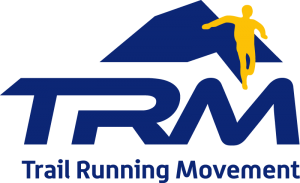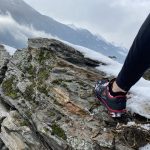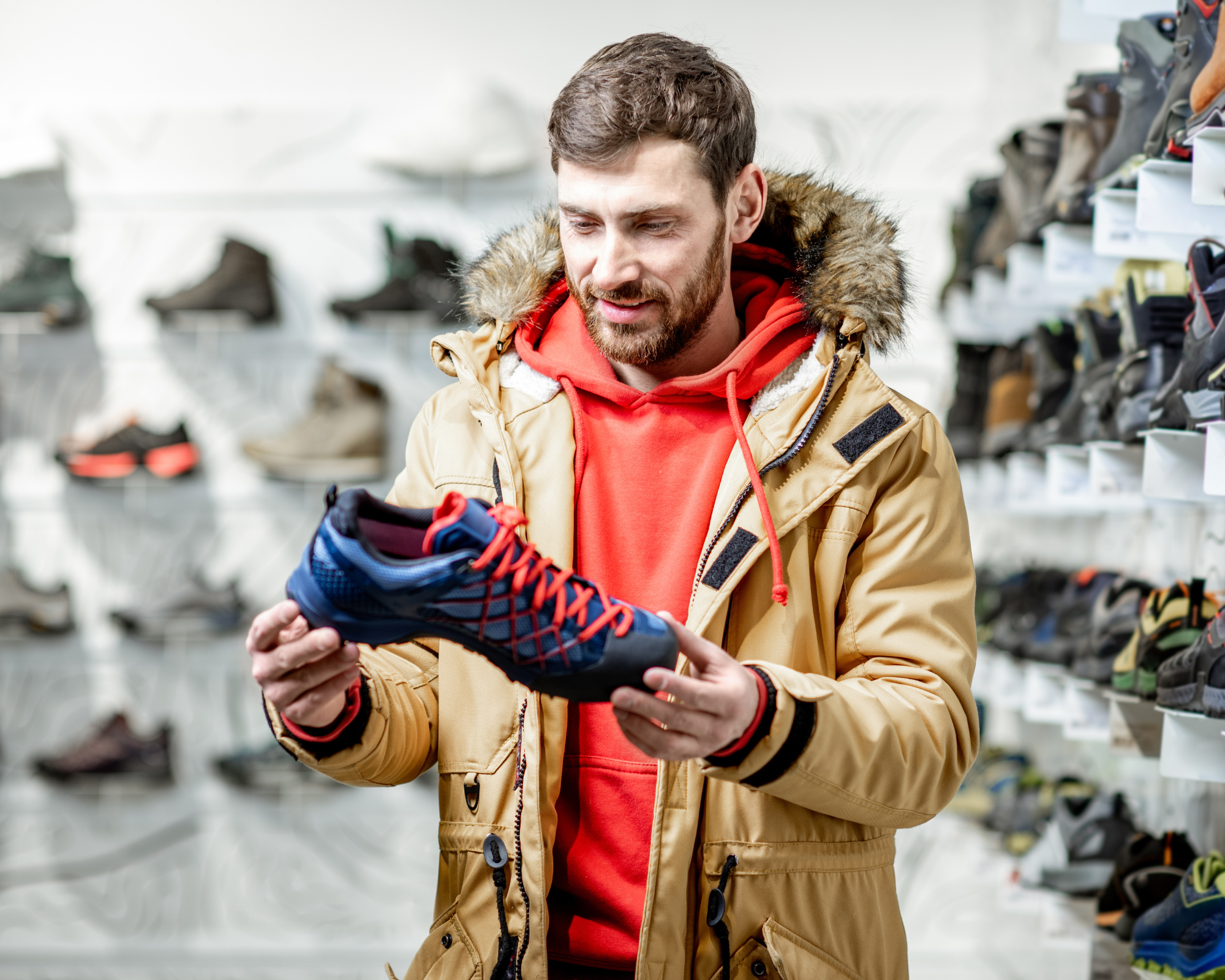
TRAIL RUNNING SHOES: WHAT TO LOOK AT
Trail running shoes need to be durable and adaptable to handle the variety of terrains you’ll encounter on the trails, from dirt and rocks to mud and even snow.
We have summarized below some key features to look for when preparing to purchase.
- Aggressive outsole: This is the most important feature of a trail running shoe. The outsole should have deep lugs made of durable rubber that offers good traction on all types of surfaces. Look for lugs that are at least 4mm and even deeper (5-8mm) if you’re running on technical terrain.
- Rock plate: A rock plate is a thin, flexible piece of plastic or metal sandwiched between the midsole and outsole. Helps protect your feet from sharp rocks and debris.
- Superior Protection: The upper of a trail running shoe should be made of a durable, abrasion-resistant material that can withstand the rigors of off-road running. Look for shoes with a reinforced toe box and overlays in the heel and midfoot.
- Cushioning: Trail running shoes must have enough cushioning to protect your feet from the impact of running on uneven terrain. However, you don’t want too much cushioning, as it can make the shoes feel bulky and unresponsive.
- Drop: Drop is the difference in height between the heel and forefoot of the shoe. A lower drop promotes a more natural ride, while a higher drop can be more comfortable and useful for beginners.
- Weight: Trail running shoes can be light or heavy. Lightweight shoes perform better, but heavy shoes offer greater protection and stability and are preferable for training and Endurance Ultra Trails.
- Fit: Trail running shoes should fit snugly but not be too tight. You should have enough room to wiggle your toes, but your heel shouldn’t slip. It’s important to try on shoes before buying them and wear the socks you’ll be running in.
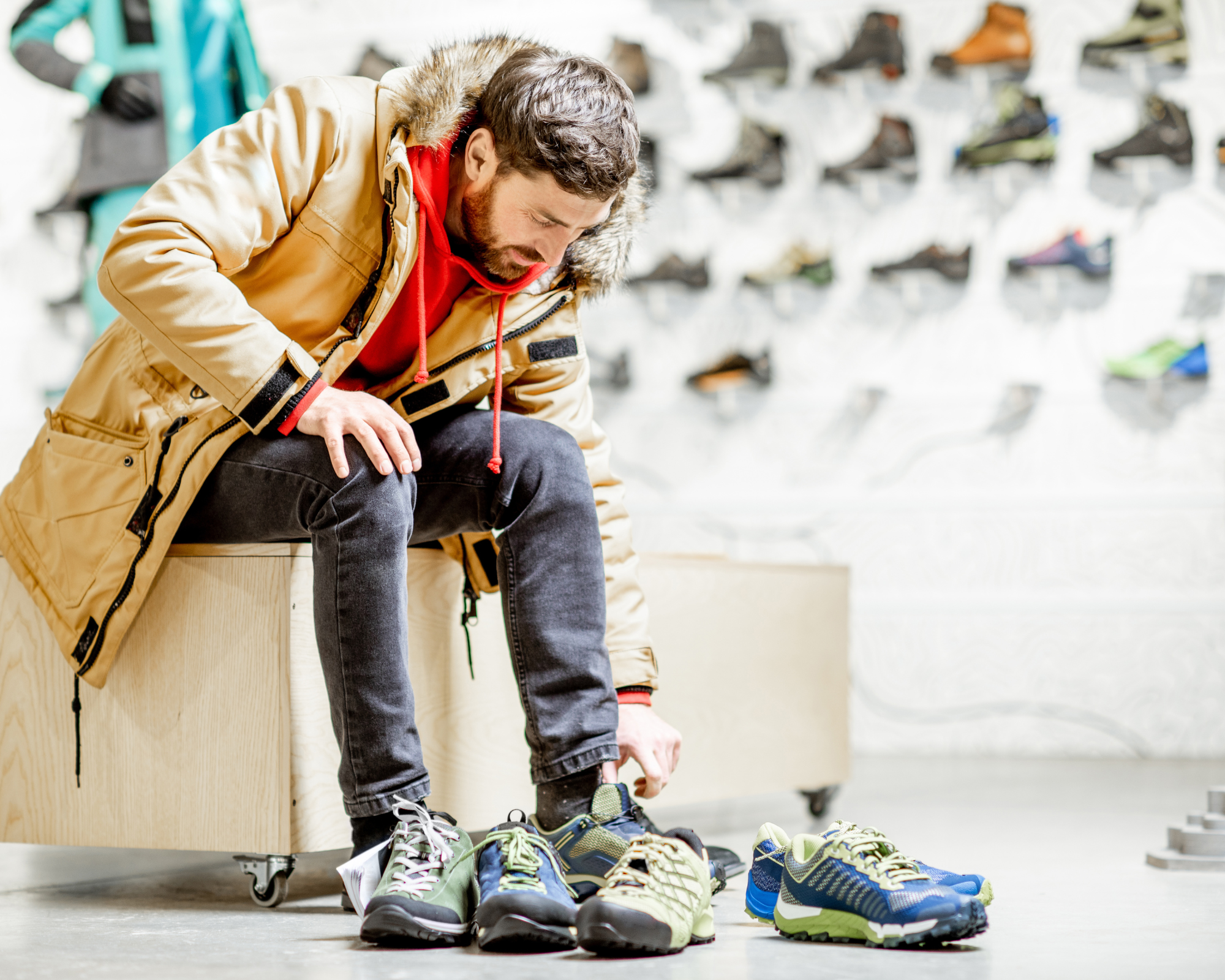
In addition to the above, you may also want to consider the following factors when choosing trail running shoes:
- The type of terrain you’ll be running on. If you’ll be running on mostly technical terrain, you’ll need a shoe with more aggressive lugs and protection. If you’ll be running on mostly smooth trails, you can get away with a less aggressive shoe.
- The distance you will run. If you will be running long distances, you will need a shoe with more cushioning.
- Your personal preferences. Some people prefer a more cushioned shoe, while others prefer a more minimalist shoe. It’s important to find a shoe that’s comfortable and that you enjoy running in.
Here is some data on the best-selling trail running shoes in Italy in 2023.
1. Hoka One One: Speedgoat 5 Market share: 20%
2. Salomon: Speedcross 5 Market share: 15%
3. La Sportiva: Bushido II Market share: 10%
4. Asics: Gel-Trabuco 11 Market share: 8%
5. Saucony: Endorphin Trail Market share: 7%
Other popular models: Nike Air Zoom Pegasus 39 Trail: 5%; Brooks Ghost 14 Trail: 4%; New Balance Fresh Foam Hierro v7: 4%; Merrell Moab Speed: 3%; Arc’teryx Norvan LD 3: 3% .
Market trends: Trail running shoes with high cushioning are increasingly popular. The demand for lightweight, high-performance trail running shoes is on the rise. Models with an aggressive sole and a waterproof upper are highly sought after. It’s important to note that these numbers are based on estimates and may vary depending on the retailer and time of year.
Here are some other factors that can influence trail running shoe sales:
- Price: Trail running shoes can vary significantly in price.
- Availability: Not all models are available in all stores.
- Marketing: Marketing campaigns can influence demand for a particular model.
I hope this article was helpful to you! Share it on your social channels
tips trail running shoes, trail running shoes, trail running shoes drop



